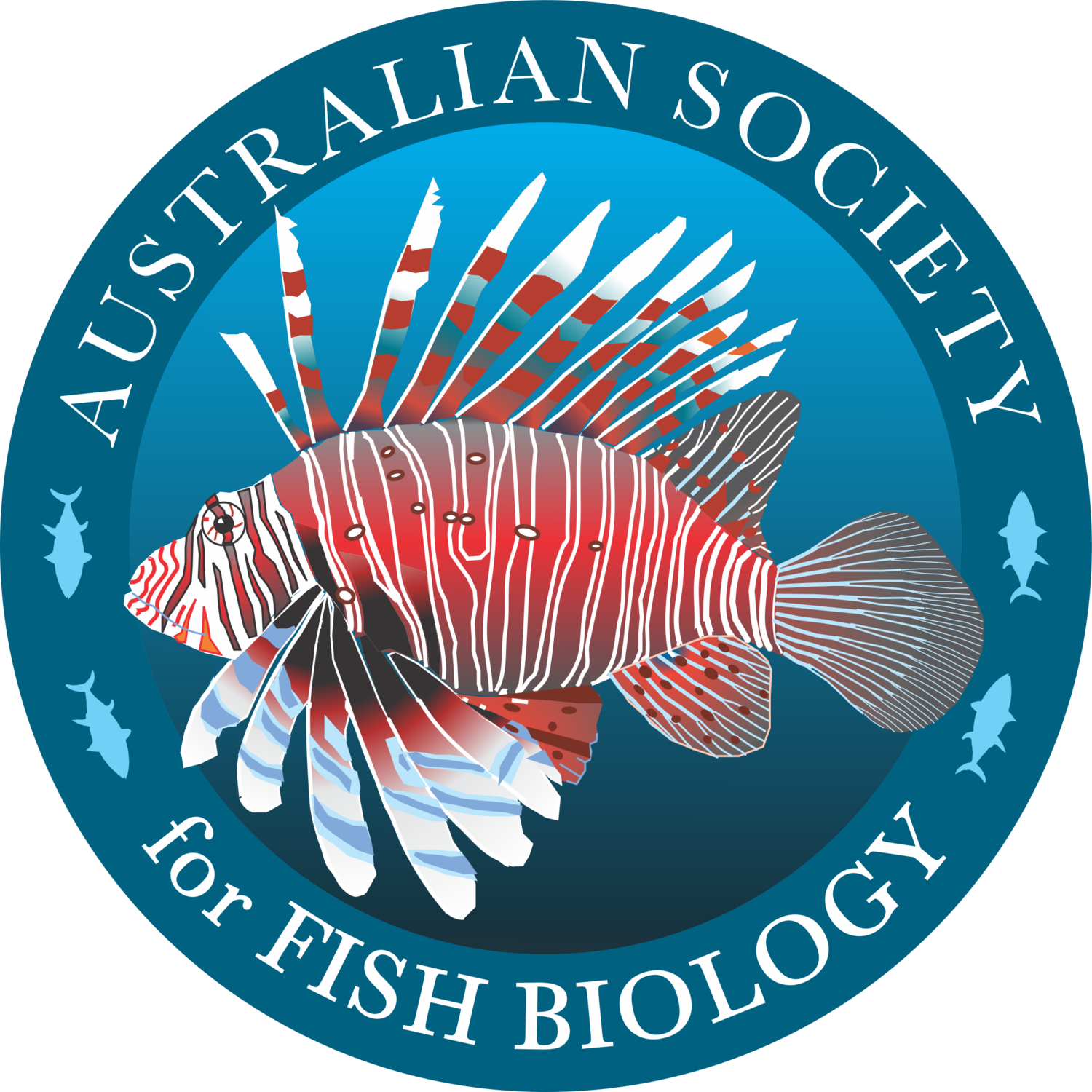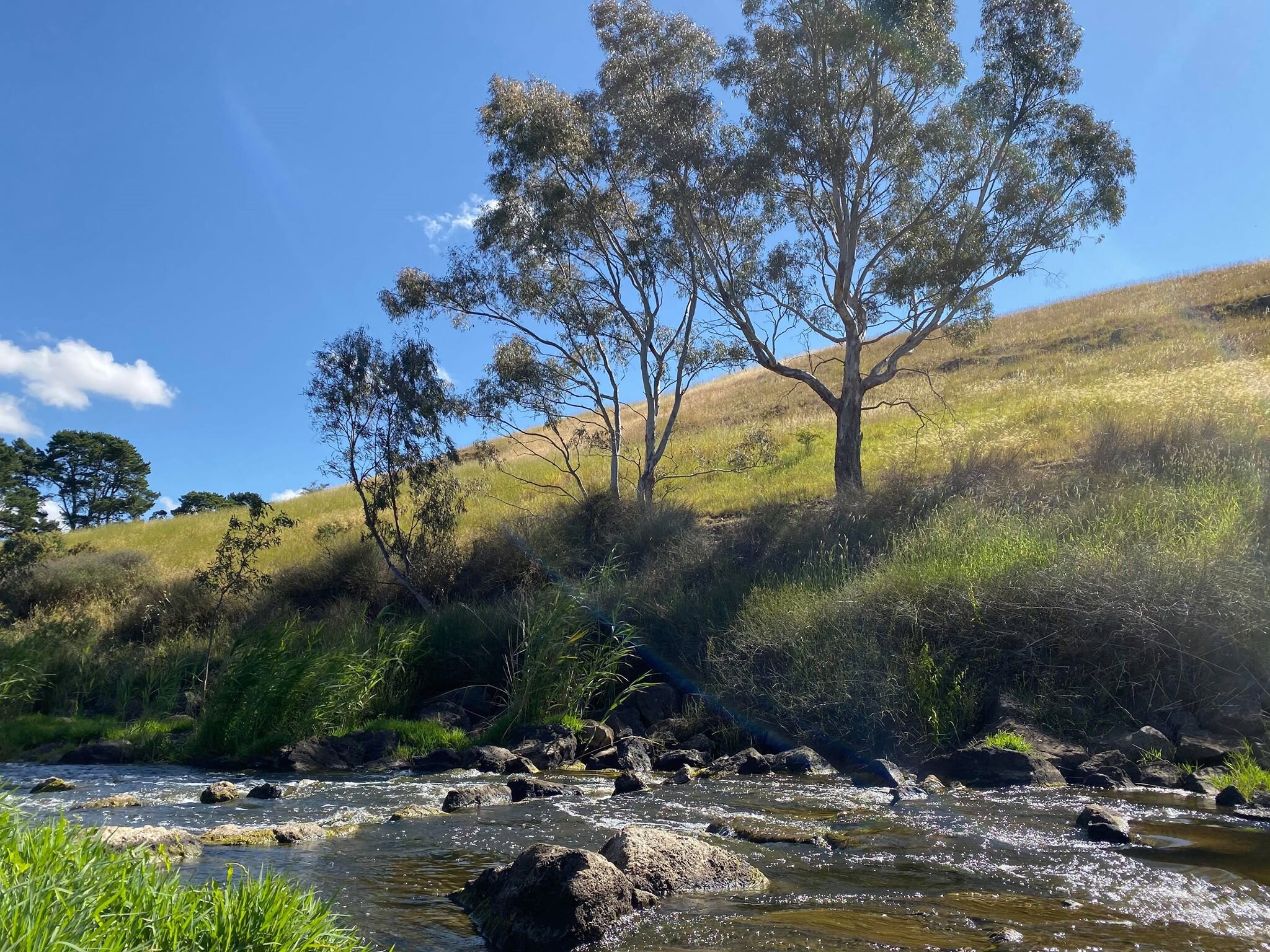On the line with… Ruby Stoios
Ruby Stoios is a master’s student at the University of Melbourne. We spoke with her about freshwater shrimp, the many splendours of clownfish, and her first scientific conference.
Ruby Stoios is a master’s student at the University of Melbourne.
Ruby, how did you first become interested in fish?
I first became interested in aquatic life as a very young child visiting the ocean. I spent a lot of time among the rock pools discovering all kinds of creatures. From here, my love and appreciation for all animals grew. My family had a beach house down in Phillip Island where we spent most of my childhood holidays. We would not only go to the surf beach but also watch the penguins, go trout fishing, and watch bird migrations. I competitively swam for a long time and worked my way through the surf lifesaving club, where I developed a strong aptitude for swimming in the ocean. All sea creatures fascinated me. I would swim past stingrays, fish, and seals.
A family trip to Cairns and snorkelling on the Great Barrier Reef really solidified my dream to become a marine biologist. There was just such an amazing array of colours and variety, in ways I couldn’t imagine. From parrotfish to clownfish, their lives were mysterious and felt untouchable. I was so curious as to what they did, how they lived and how I could become a part of it. In the second and third year of my undergraduate degree, I was further inspired by my passionate teachers and field-based subjects on the coast. During this time, I developed my own questions and decided that studying our aquatic systems was where I wanted to pursue a career.
What does your current research involve?
A freshwater shrimp Paratya australiensis, collected in the field.
My research is exploring the thermal sensitivity of populations of the freshwater shrimp species, Paratya australiensis, and the effects of acclimation on the expression of phenotypic plasticity. I have collected individuals from three populations and acclimated them for 15 weeks at five temperatures, ranging from 18°C- 26°C. I took weekly growth measurements and performed behavioural analysis to test an individual’s burst swim speed at the five temperatures. From our preliminary results, we have found that specific growth rate decreases in warmer temperatures.
I am currently undertaking a second experiment looking at the effects of increasing temperatures on the metabolic rate of individuals from hot and cold populations. My research will provide insight into the vulnerability of this species to the rapidly increasing temperatures within our freshwater ecosystems. I also aim to contribute to our understanding of the potential for the expression of plastic traits as a response to climate change.
You recently presented your work for the first time, at the #ASFB2020 virtual conference? How was that experience?
ASFB was not only my first time presenting my current work but my first ever conference — I was very nervous. I had no idea of the expectations or the culture of the people involved. It was also perhaps more daunting knowing that it was going to be held entirely online. My biggest concern was how I was going to network, which is one of the most important take-aways from conferences. Another concern was presenting a pre-recorded talk. Pre-recording sounds like a great idea for getting everything perfect, but it almost makes it more difficult as you are distracted by even minor details and mistakes. I ended up doing a lot of re-takes!
Presenting was very momentous to me, as I had never had to face such a wide range of experts on freshwater environments. I also thought that people wouldn’t engage with my research, as the study species is shrimp rather than fish. Despite all these concerns, I was delighted to discover that the ASFB community is incredibly supportive, inquisitive, and inviting. I was asked many questions, created new connections, and overall had a wonderful experience. I have really enjoyed becoming even more immersed in the culture of ASFB after the conference, through social media and ongoing communication with members. I very much look forward to future events, hopefully in person, too!
One of Ruby’s field sites, where she collects freshwater shrimp.
What do you enjoy doing outside of science?
Throughout my adult life, I have made travelling one of my main priorities, only second to my studies. I was fortunate to be able to take a ‘gap year’ post-high school, where I lived in China for a year and travelled throughout Asia. During my undergraduate degree, I was able to attend the University of Edinburgh for a semester and travelled to many countries during my time there. Before starting my masters, my supervisor was kind enough to delay my project so I could travel around Central America! I love to meet new people, experience new things, and learn about the different cultures first-hand. On a more local scale, I really enjoy scuba diving, swimming, and spending as much time as I can at the beach! More recently, I have discovered a passion for knitting whilst in lockdown, which I have found to be quite meditative. I love that knitting, unlike research, delivers short term rewards, providing a nice counterbalance to the often-stressful process of science.
Scuba diving on the Great Barrier Reef.
What is your favourite Australasian fish, if you had to choose?
Although my passion now is my beloved shrimp, my favourite Australasian fish would have to be clownfish. I know what you’re thinking, a bit of a boring choice, but I just love their symbiotic relationship with sea anemones. They are truly so much fun to watch, moving in and out of their home going about their business. Clownfish have also been documented to work together and use tools such as collecting shells for laying eggs. Not only have clownfish sparked worldwide interest in fish and the ocean in general, but their dedication to protecting their eggs challenges our perspective on how fish reproduce. This species provides a bridge for the public to appreciate the sensitivity and vulnerability of aquatic life and how humans and the ocean life are connected.
"On the line" is a regular series featuring interviews with ASFB members. Ruby Stoios is a master's student at the University of Melbourne, under the supervision of John Morrongiello and Mick Keough.




